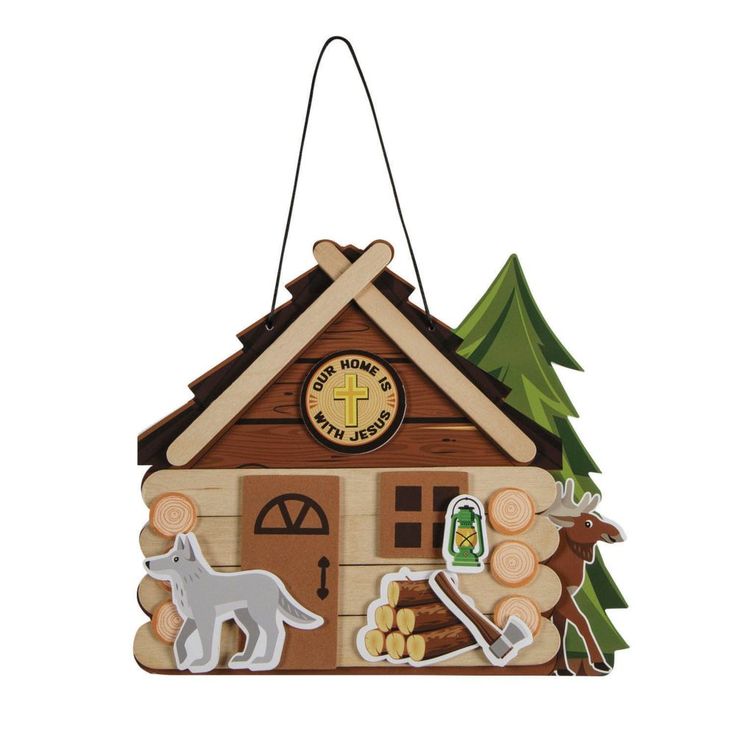Old wood carries a history and character that modern materials often lack. Whether you have remnants from a renovation project or salvaged pieces from old furniture, transforming this wood into beautiful, functional crafts can breathe new life into your space. DIY woodworking crafts allow creativity to flow while embracing sustainability. This article explores various methods for turning old wood into artistic and practical pieces that enhance your home.
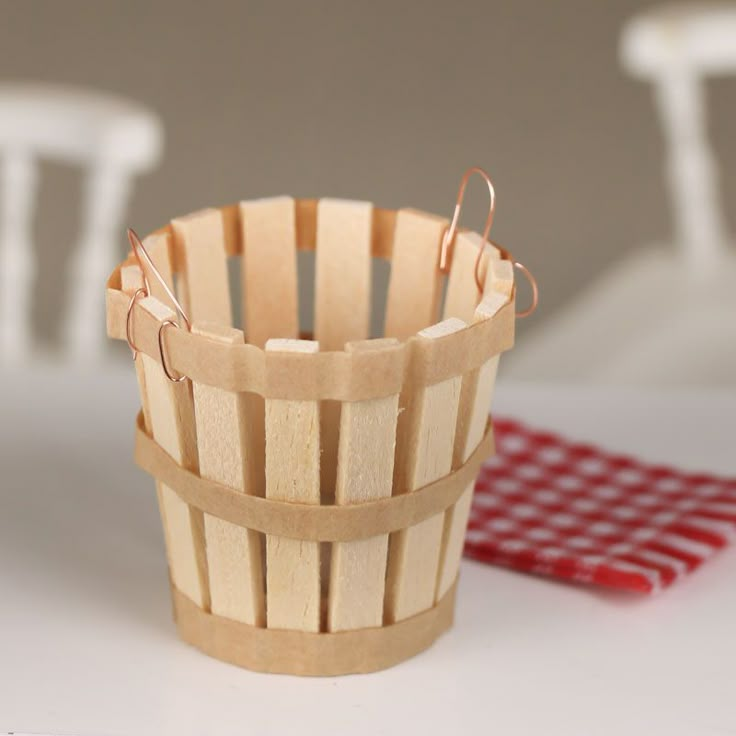
Understanding the Appeal of Upcycled Wood
Using reclaimed or discarded wood brings a unique charm to your projects. Upcycled wood, with its rich textures and potential imperfections, tells a story that new lumber cannot match. Each knot, crack, and grain variation tells a tale of its former life, allowing you to create art that connects with viewers on a personal level.
Moreover, choosing upcycled wood promotes sustainability. By repurposing wood that might end up in landfills, you minimize environmental impact and embrace a resourceful lifestyle. As more individuals prioritize eco-friendliness, DIY woodworking crafts gain popularity. Furthermore, they provide a valuable opportunity to contribute positively while expressing artistic creativity.
In addition to environmental benefits, working with old wood challenges your creativity. Each piece’s distinct qualities lead to innovative design solutions. Experimenting with textures, colors, and forms can result in truly one-of-a-kind creations. The imperfections of reclaimed wood often enhance your final product, allowing you to produce beautifully rustic pieces that reflect your personal style.
Essential Tools and Materials for DIY Woodworking Crafts
Before diving into your woodworking projects, gather essential tools and materials. You don’t need a comprehensive workshop, but certain items significantly enhance your crafting experience.
Start with basic hand tools like a saw, hammer, and chisels. A jigsaw or circular saw helps cut wood into accurate shapes, while a sander smooths rough edges. Invest in a quality drill for creating holes and installing hardware. Don’t forget safety gear like goggles and gloves to protect yourself during the crafting process.
When selecting wood, aim for pieces that exhibit potential for your desired projects. Look for reclaimed barn wood, pallets, or even old furniture that can be disassembled. Each piece presents unique characteristics and possibilities. You’ll also want adhesive, wood stains or paints, and sealing agents to finish your projects.
Finally, create a well-lit workspace. Organization is vital for a smooth crafting experience. Arrange your tools and materials in a way that allows easy access while you work. A clean, dedicated space encourages creativity and productivity, setting the stage for your DIY woodworking journey.
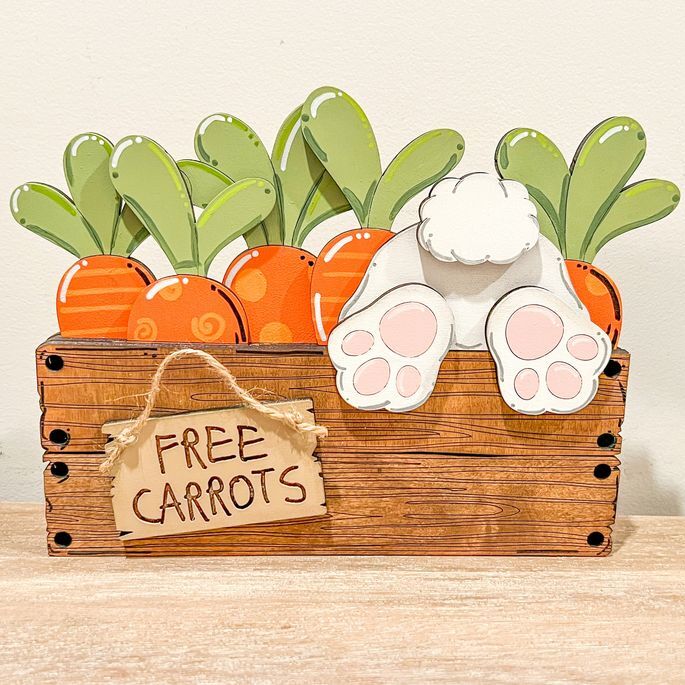
Crafting Functional Art: Building Unique Furniture Pieces
Creating unique furniture pieces from old wood not only provides functional items for your home but also serves as a creative outlet. Consider making rustic furniture like coffee tables, stools, or benches. The use of reclaimed wood gives these pieces an extraordinary appeal, perfect for any style, from farmhouse to industrial.
For a coffee table, gather several planks of wood with contrasting grains and textures. Cut them to the desired length and width, and then arrange them in a visually appealing layout. Use strong adhesive to bond the pieces together and reinforce the structure with brackets beneath. Sand the surface to eliminate splinters, and finish it with a wood stain or protective sealant for longevity.
If you’re feeling particularly creative, design your coffee table with built-in storage. Reuse older crates as a base to provide a rustic touch while offering functionality. Attach casters to the bottom for mobility, making it easy to rearrange your living space as needed.
By crafting your furniture, you not only save money compared to purchasing new pieces but also create items that fit perfectly with your home’s aesthetic. Each item reflects your personality, transforming functional necessities into beautiful art pieces.
Decorative Wall Art: Turning Wood into Timeless Pieces
Wood lends itself beautifully to wall art projects. Transform old boards or slices into stunning decorative pieces that elevate your interior design. Consider making a wood plank sign featuring inspirational quotes, family names, or seasonal greetings.
To create a personalized sign, pick a sturdy board and sand it to achieve a smooth surface. Paint or stain the wood to enhance its natural beauty. Use stencils or freehand your design using acrylic paint or wood burning tools. Once personalized, finish your sign with a sealant to protect it and ensure it lasts through the seasons.
Another exciting project involves crafting geometric wall art using cut wood pieces. Cut various shapes—triangles, squares, or even circles—out of old wood. Arrange these shapes into an eye-catching pattern on a larger board or canvas. Secure the pieces with glue and consider painting different elements to achieve a striking contrast. The use of depth and texture will add intrigue, making your wall art a standout feature in your home.
Creating decorative wall art from reclaimed wood does more than beautify your space. It allows you to express your creativity and give character to blank walls, offering a personal touch that store-bought art often lacks.
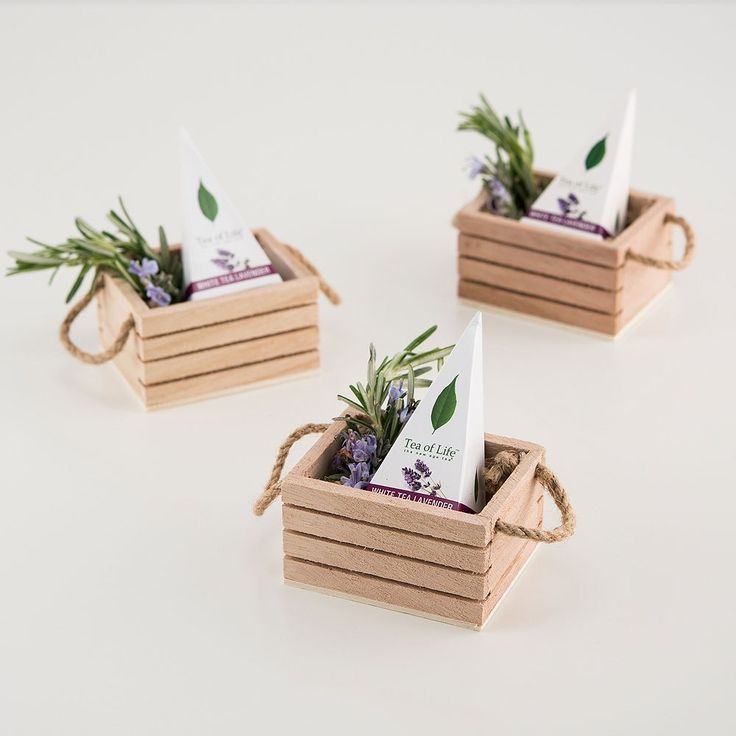
Building Outdoor Decor: Wood Crafts for Your Garden
Old wood can also transform your outdoor spaces. Wooden garden decor brings warmth and charm to gardens, patios, or balconies. Craft functional items like garden boxes, birdhouses, or benches that enhance your outdoor experience.
Start with a simple raised garden bed made from reclaimed planks. This elevated garden encourages easier maintenance and provides drainage for vegetables or flowers. Assemble the wood into a rectangular frame, ensuring it’s sturdy enough to hold the soil. You can even add decorative legs or paint the exterior to match your home, creating a cohesive look.
Birdhouses serve as both functional and artistic additions to your garden. Craft a charming birdhouse using old wood scraps, and personalize it by painting bright colors or unique designs. Hang your birdhouse in a tree or near a garden patch, attracting local wildlife while adding visual interest.
Don’t forget about outdoor furniture! Constructing a picnic table from reclaimed wood allows you to enjoy meals with friends and family in nature. With creative designs and thoughtful finishes, your outdoor creations will hold their charm for years and become cherished gathering spots.
Revamping Everyday Objects: Creative Kitchen and Dining Projects
The kitchen offers a fantastic opportunity to transform old wood into practical yet beautiful items. From cutting boards to utensil holders, refashioning everyday kitchen objects brings both form and function into harmony.
Start with cutting boards—an often-used item that demands durability and aesthetic appeal. Choose thick, solid pieces of wood and trim them into the desired shape. Sand the edges to create a smooth surface and finish with food-safe mineral oil for protection. Your hand-crafted cutting board will not only withstand the rigors of daily use but also showcase your craftsmanship in the heart of your home.
Consider creating a rustic spice rack using reclaimed wood. Cut and sand wood to form small shelves, then attach them to a backing board. This compact design keeps your spices organized and adds charm to your kitchen decor. Personalize the spice labels or paint the shelves in vibrant colors to create visual interest.
Incorporating DIY wooden kitchen items can enhance your culinary experience while providing an opportunity to showcase your craftsmanship. Each piece reflects your creativity, inviting warmth into your kitchen.
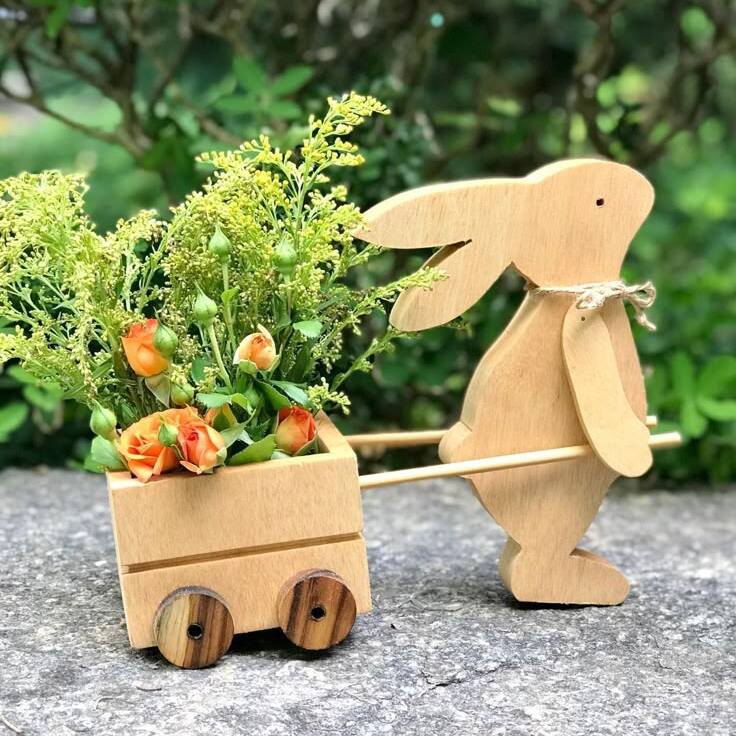
Creating Playful Wood Crafts: Toys and Kids’ Furniture
Engaging in woodworking projects for kids can spark joy and creativity in your little ones. Crafting toys from old wood offers a sustainable alternative to mass-produced items, creating meaningful connections between families and artisans.
For a simple project, build a set of wooden blocks. Select various-sized wood scraps, cut them into cubes, and sand each piece to eliminate splinters. Children enjoy imaginative play with custom blocks, and you can even paint or decorate them for an added touch of fun.
If you seek a more ambitious project, consider building a child-sized furniture set—think mini tables and chairs. These projects encourage imaginative play and provide a dedicated space for activities, from arts and crafts to tea parties. Choose colorful paints or fun patterns to make the pieces inviting and engaging.
These creative woodworking projects not only entertain but also contribute to your child’s development. They inspire imagination and allow children to connect with nature by using materials that bring warmth and authenticity to playtime.
Finishing Touches: Completing Your Woodworking Projects
Completing your DIY woodworking crafts requires attention to detail, ensuring each piece looks polished and professional. Finishing touches enhance not just aesthetics but also durability. Choosing appropriate stains, paints, and sealants means your creations will stand the test of time.
Start by sanding your pieces thoroughly, paying close attention to edges and corners. This step prepares the wood for applying finishes, ensuring a smooth surface that feels pleasant to the touch. If you’re using stain or paint, test it on a small area or scrap piece first to determine the final look.
Consider applying a durable sealant, particularly for outdoor projects or items subjected to moisture or food contact. A water-repellent finish preserves the wood’s beauty while enhancing its longevity. For indoor crafts, you might prefer a matte finish for a modern look or a glossy finish for a classic touch.
Completing your projects with thoughtful details not only elevates your craftsmanship; moreover, it transforms simple wood into beautiful, lasting art. Consequently, each finished piece radiates quality, inviting admiration from onlookers while simultaneously making your home feel uniquely you.
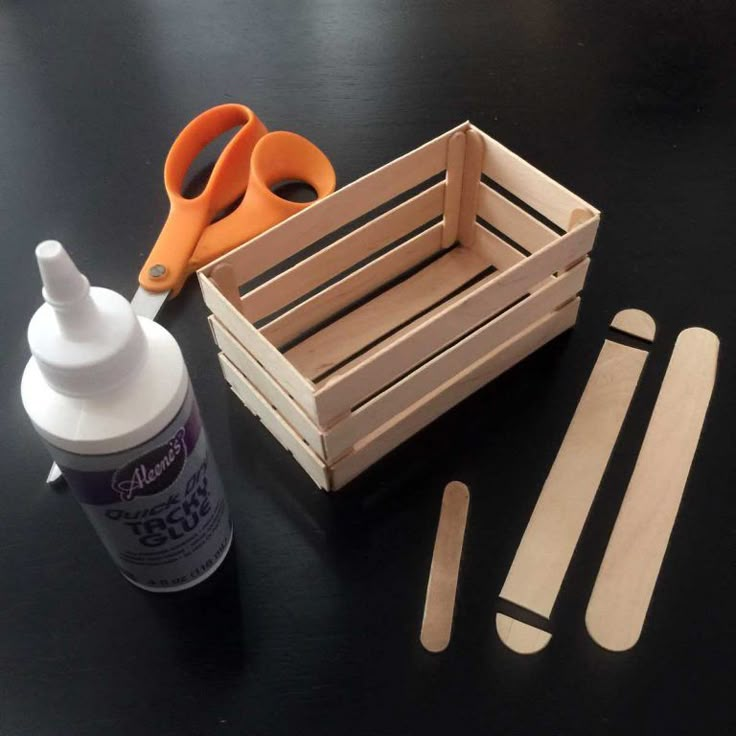
Conclusion: Embrace Creativity with DIY Woodworking Crafts
DIY woodworking crafts offer countless possibilities for transforming old wood into stunning art. From furniture and decor to playful toys, the journey of upcycling wood connects creativity with sustainability. By understanding the inherent beauty and potential of reclaimed materials, you can create pieces that enrich your space and reflect your personality.
Engaging in woodworking projects provides a rewarding experience, challenging your skills while allowing for self-expression. As you learn and experiment, you cultivate a deeper appreciation for craftsmanship and the stories embedded in each piece of wood. Embrace this exciting journey and let your creativity flow, transforming the ordinary into artistic and functional treasures. The beauty of DIY woodworking crafts lies not just in the finished project but in the process of creation itself, celebrating the art of making something beautiful from that which already exists.
